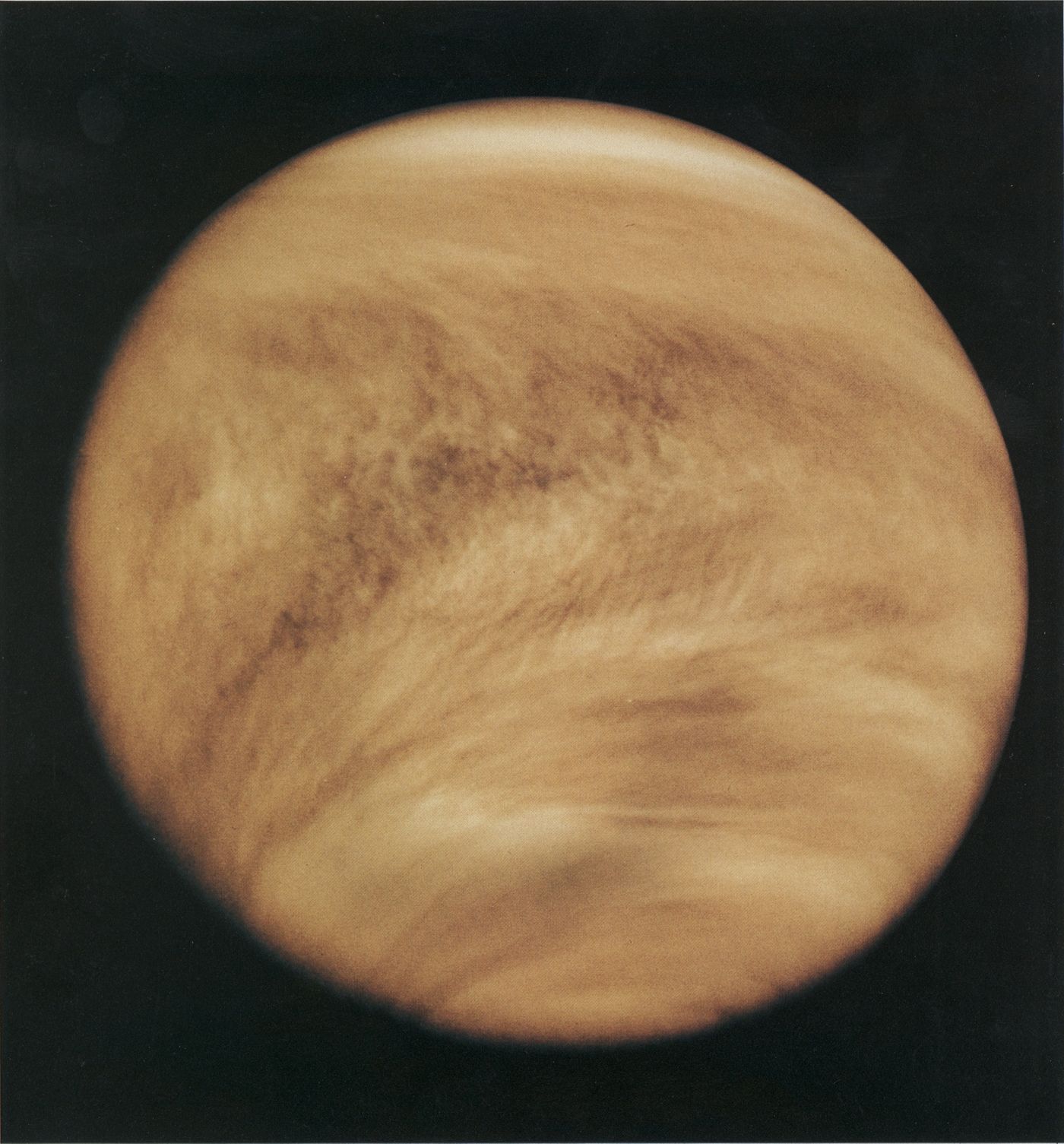Will Venus' Clouds Reveal More About the Planet's Surface?
Venus is a mysterious planet that many have said is similar to Earth in many ways, but different in so many others. Some go as far as to call it a sister planet of Earth.
Located inside of an orbit around the Sun in between the Earth and Mercury, Venus is the second planet from the star at the center of our solar system, and the European Space Agency has been dying to learn more about it.
Hence, the Venus Express Satellite was born. The satellite is currently orbiting the planet right now as we speak, and its primary goal is to learn more about the Venusian atmosphere, but now the ESA says it could be used for something more.

Image Credit: Pinoeer/NASA
By studying the atmosphere carefully, astronomers may be able to learn more about the planet’s hidden surface. Deep inside of Venus’ hazy clouds is a mysterious surface that we currently know very little about.
Although it’s hard to peer through Venus’ heavy clouds without infrared imaging, studying the patterns of the clouds could offer more insight about the planet’s topography. Three things in particular seem to provide clues about the surface; those include: the speed of winds in the clouds, the amount of water in the clouds, and their brightness in the UV light spectrum.
"Our results showed that all of these aspects – the winds, the water content, and the cloud composition – are somehow connected to the properties of Venus' surface itself," says Jean-Loup Bertaux of LATMOS, the lead author of a study that has been published in the Journal of Geographic Research.
"We used observations from Venus Express spanning a period of six years, from 2006 to 2012, which allowed us to study the planet's longer-term weather patterns."
Mountainous regions on the planet have been pointed out by areas with higher moisture content in the clouds and that winds in the clouds travel up to 18% slower in mountainous regions. As for the UV light theory, clouds moving downstream relative to the moisture-rich regions were found to be less reflective of UV light, which is another indicator of mountainous terrain.
So do the large mountains on the planet serve as a cause for some of this strange ‘weather’ on the mostly dry and hot planet of Venus? Probably so, and this is something to keep in mind when studying patterns in Venus’ terrain as we attempt to map it out.
Source: ESA via Space.com








